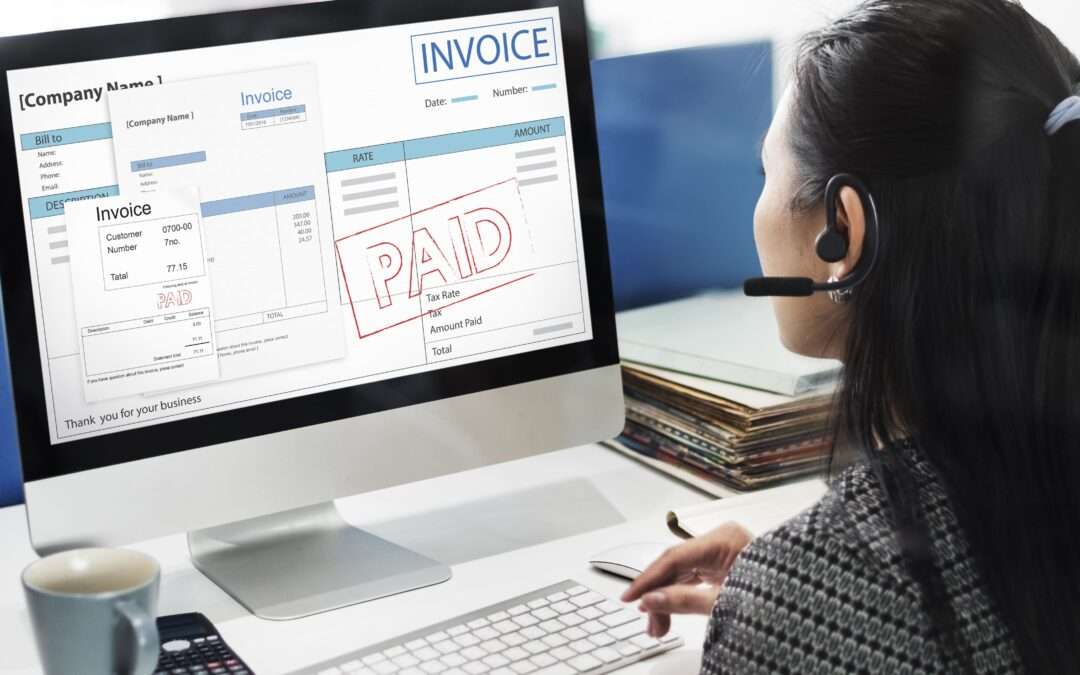


What Are the Steps Involved in Calculating Accounts Receivable?
Accounts receivable (A/R) represent the money owed to a business by its customers for goods or services sold on credit. It’s essentially a line of credit extended by the company to its customers, who are expected to pay within a specified timeframe outlined in...
How To Tackle Uncollectible Accounts
Uncollectible accounts, also known as bad debts, are receivables that a business is unable to collect from customers due to various reasons such as bankruptcy, financial difficulties, or disputes. These accounts pose a risk to a company’s financial health as...
5 Proven Auto Loan Delinquency Prevention Methods
According to an article by Federal Reserve Bank Philadelphia, auto loan debt is now the third-largest debt category after mortgages and student loans. The first quarter of 2023 saw a $10 billion increase in auto loans, bringing the total to $1.56 trillion. With the...

Recent Comments